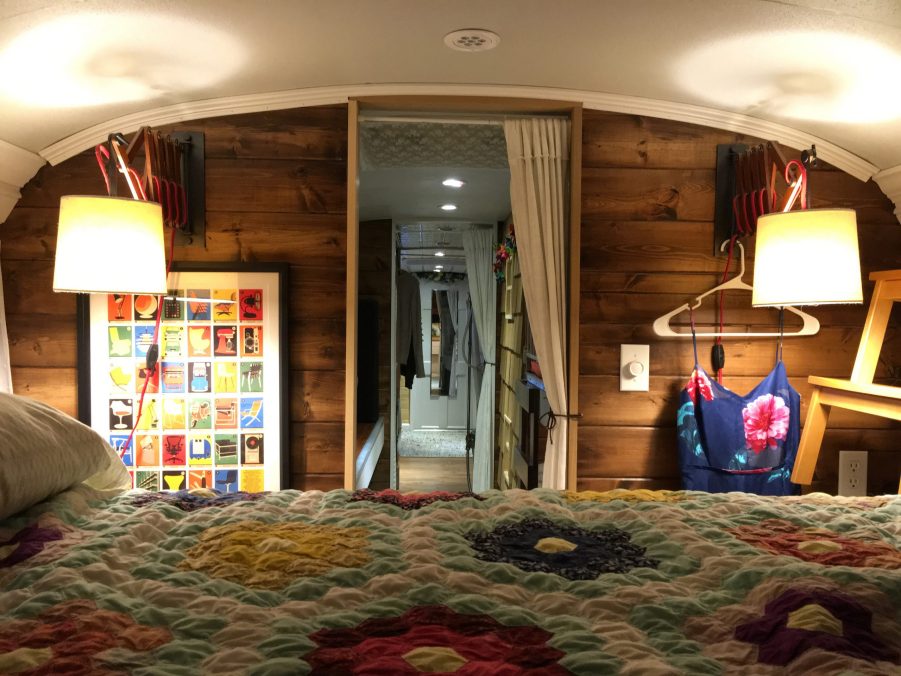
Bus Conversions vs. RVs: Which One Is Better?
School bus conversions are all over the internet. These luxurious DIY tiny homes on wheels offer a much different experience than a mass-produced RV. So is converting a school bus better than buying an RV? Unfortunately, the answer to that question isn’t cut and dry.
Bus conversions can cost as much as high-end RVs but they don’t have to
Part of the appeal of the school bus conversion is its nearly limitless potential for customization. Building a unique bus from the ground up means the price of one bus to another can vary wildly. Some build no-frills rolling homes. Others create luxury retreats that can easily cost as much as a “sticks and bricks” house.
RVs are much more static in price. Manufacturers set suggested MSRPs and dealerships tack on additional fees. There is a spectrum of mass-produced rigs from affordable to unattainable. On average, an RV is typically more expensive than a Bus conversion. Popular Mechanics estimates that bus conversions cost about 10% of the sale price of a second-hand RV.
The average conversion with full hookups can be built for $30,000. Buyers would be hard-pressed to find a similar size RV in that price range, even at the lower end of the quality scale. RVs cost more to purchase and more to maintain. A bus conversion is a clear choice if budget is a primary concern, but the savings mean a high labor cost.
Which is safer, a bus conversion or an RV?

Safety is where a school bus conversion beats an RV, hands down, with minimal exceptions. RVs have been heavily criticized for safety concerns since they first hit the road. As a result, modern units are made as cheaply and quickly as possible. Unfortunately, this means using lower-quality materials that are less durable. As a result, when an RV is involved in a traffic accident, it’s not uncommon to see whole walls detach and other catastrophic damage.
Where RVs are made with plastic, particleboard, and fiberglass, school buses are solid Steel. The arched roof shape and internal ribs give the structure of a school bus immense strength. Even the windows are built to withstand collisions better than an RV, often framed in steel as well.
A converted school bus’s biggest weak spot for safety is the interior build. A conversion is only as safe as its owner makes it. With well anchored, sturdy features and correctly installed seatbelts, a converted school bus can be safer than an RV by a landslide.
School bus conversions have some major downsides compared to RVs

There are a few common headaches that many bus owners face that don’t apply to RVs. Insuring a school bus conversion can be a major pain point. A bus must be converted to certain standards and titled as an RV before it can be insured as one. This process varies from state to state and may include a professional inspection.
Even after a bus is properly titled, finding a policy that covers conversions can be challenging. There are companies known for accepting converted busses, but rejections are still possible. Finding the right agent is a make or break for conversion owners.
RV parks can be very pricey, and with those prices can come rig standards that busses can not meet. Some parks will turn away a bus conversion based on preconceived impressions. It can be difficult to find a place to camp outside of state parks, whereas a new RV is welcomed anywhere.
Whether a school bus conversion or a purchased RV is better really depends on how it will be used. Adventurers who love camping in primitive sites may appreciate the high clearance and off-road capability of a bus. Those who prefer 5-star RV resorts may want to stay away from the DIY route. Both options deliver the same results, adventures, and memories that will last a lifetime.


